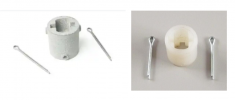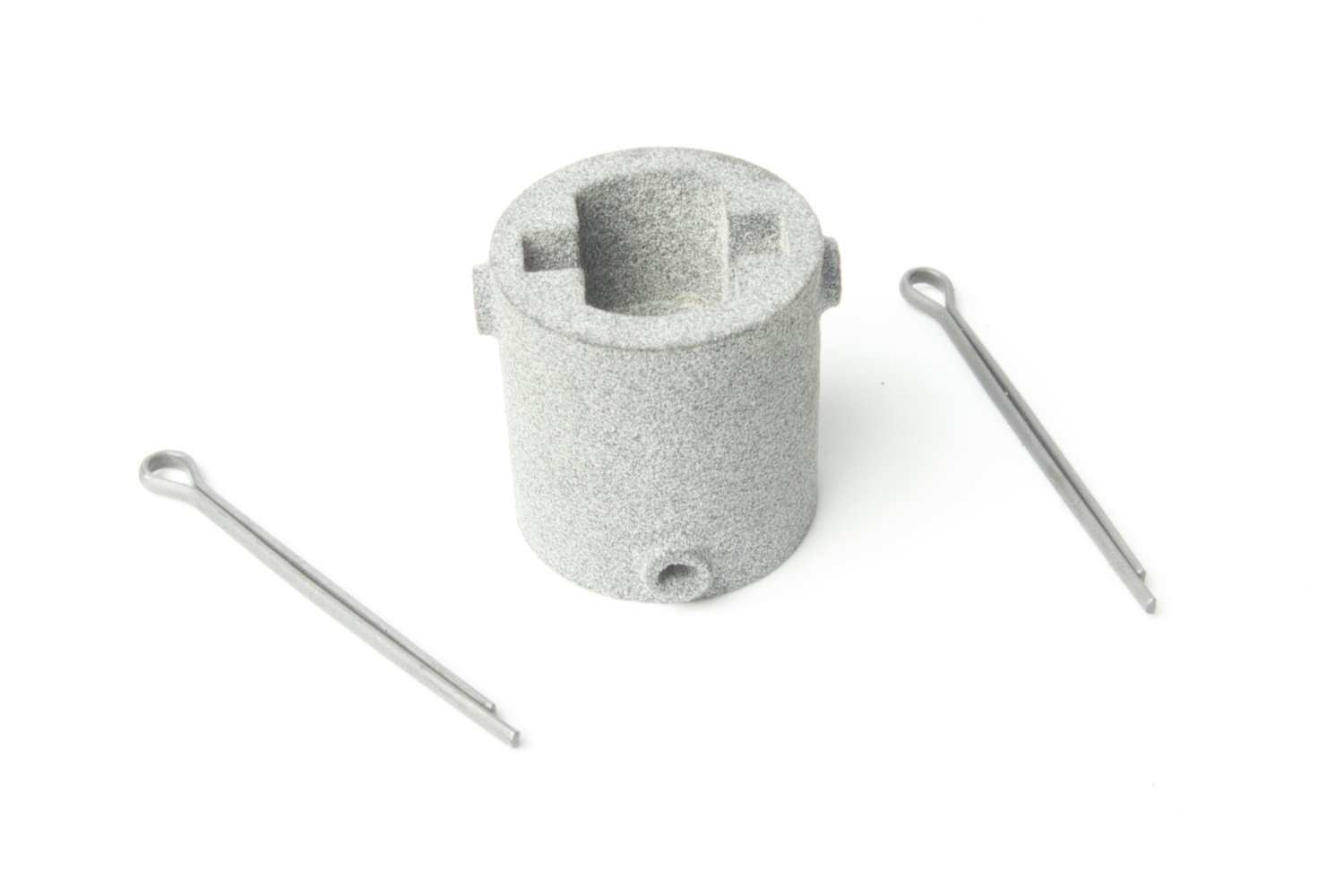Davedstone
Member
Any advice welcome on this one. Drove my car over the weekend for a short journey to test it before a longer drive over the weekend and to cut a long story short, the nylon throttle coupling broke (accelerator pedal link to carburetters) and I managed to rig something up in order for me to drive it back home. (less than a mile) I ordered a replacement coupling which arrived and I went to fit this, but not able to access this due to lack of access due to the carburetter adaptor and tie bar being in the way. I managed to get the coupling in place but I am unable to insert the split pin to secure the shaft connecting to the accelerator pedal.
The manual suggests keeping the carburetter (twin) attached to the inlet manifold and to remove as one unit. Has anyone else had to replace this coupling?
Is there another way?
Is it not possible to just remove the carburetter away from the inlet manifold?
Thanking anyone in advance.
Regards,
Dave
The manual suggests keeping the carburetter (twin) attached to the inlet manifold and to remove as one unit. Has anyone else had to replace this coupling?
Is there another way?
Is it not possible to just remove the carburetter away from the inlet manifold?
Thanking anyone in advance.
Regards,
Dave




